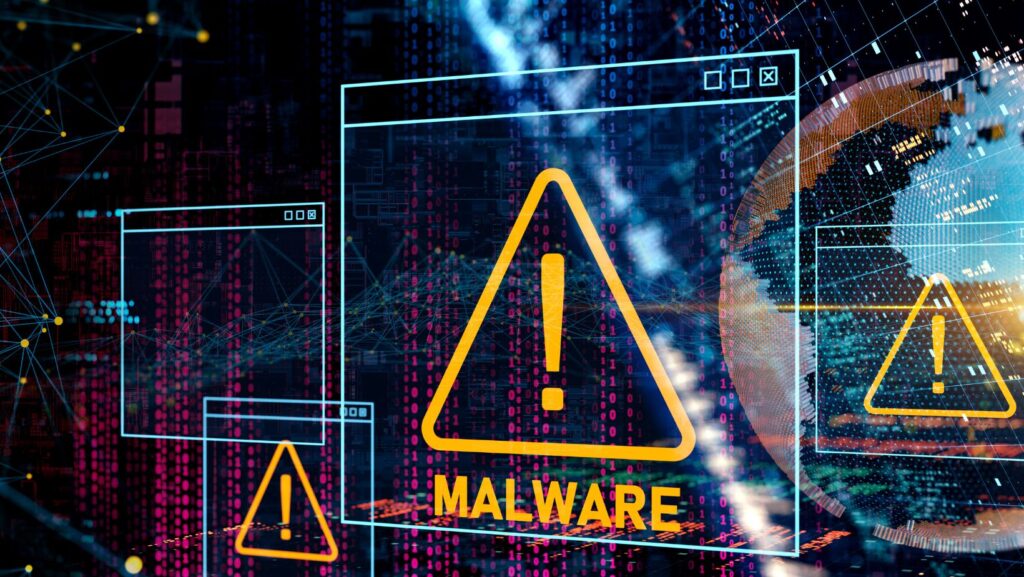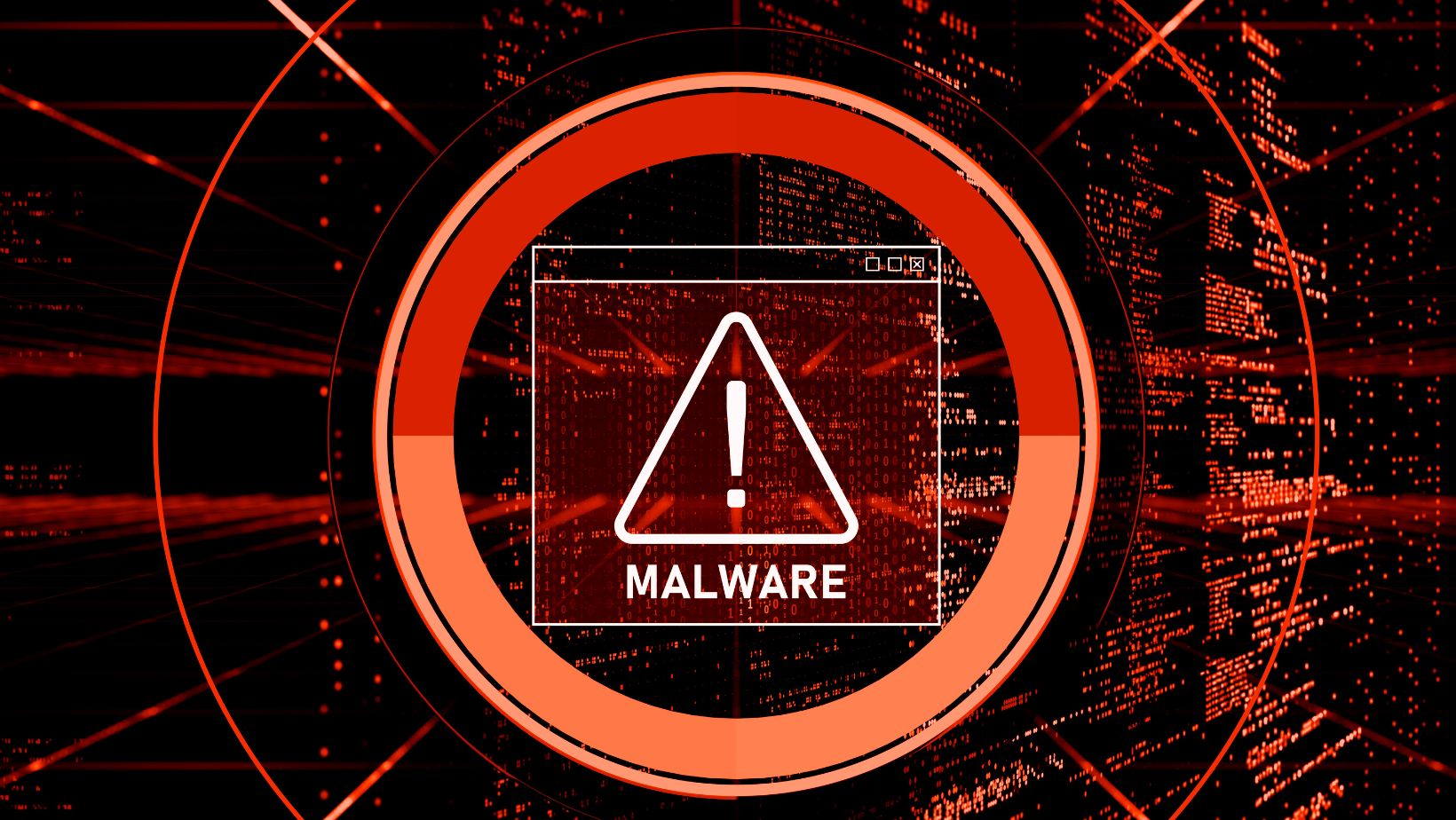Introduction – Why Malware Awareness Matters Today
In today’s hyper-connected digital era, the number of cyberattacks has reached unprecedented levels. From targeted ransomware attacks on critical infrastructure to spyware infiltrating personal devices, malicious software is evolving faster than many defenses can adapt.
This growing threat is not limited to tech-savvy criminals – even individuals with minimal cybersecurity knowledge can now purchase ready-made malware kits on the dark web. The result? Both individuals and large organizations face heightened risks.
Malware can cause massive financial losses, steal sensitive information, disrupt essential services, and even threaten national security. Understanding the various types of malware is no longer optional – it’s an essential skill for anyone using the internet. By learning how malware works and how it spreads, you can better protect yourself and your organization from devastating attacks.
What Is Malware?
Malware, short for “malicious software,” refers to any program or code intentionally designed to harm, exploit, or otherwise compromise a computer system, network, or device.
Unlike harmless software bugs or glitches, malware is created with malicious intent – whether that’s stealing data, spying on users, or damaging systems. It’s important to note that malware differs from other cyber threats like phishing (which tricks users into revealing sensitive information) or hacking (which can involve exploiting vulnerabilities without necessarily installing malicious code).
Essentially, malware is the weapon cybercriminals deploy after gaining a foothold in a system. Whether hidden inside a seemingly legitimate app or delivered through a deceptive email, its sole purpose is to cause harm.
For those looking for a simple explanation of what is malware for beginners, it breaks down how malicious software operates, the risks it poses, and practical tips for staying safe online. After understanding these basics, it’s easier to recognize threats and adopt safer digital habits.
How Malware Works
Malware infection often begins with human error. Cybercriminals rely heavily on tricking users into downloading, installing, or executing malicious files. Common infection vectors include:
Phishing emails with malicious links or attachments.
Compromised websites host drive-by downloads.
Fake software updates or pirated applications laced with malicious code.
Once inside a system, malware typically follows a lifecycle – infiltration, execution, persistence, and expansion. This may involve stealing data, encrypting files for ransom, or secretly monitoring activity.
One infamous example is the WannaCry ransomware attack of 2017, which exploited a Windows vulnerability to infect hundreds of thousands of computers worldwide, including critical hospital systems. This high-profile incident demonstrated how quickly a malware outbreak can cripple vital services.
Main Types of Malware and Their Functions
Viruses
Viruses attach themselves to clean files and spread when those files are shared. Once active, they can corrupt data, slow performance, or cause system crashes. Famous examples include the ILOVEYOU virus and Melissa virus, both of which caused billions in damages.
Worms
Unlike viruses, worms don’t need user interaction to spread – they replicate themselves and move across networks autonomously. The Conficker worm disrupted millions of computers by exploiting Windows vulnerabilities.
Trojans
Trojans disguise themselves as legitimate software but carry malicious payloads. They can create backdoors for hackers to access systems remotely, steal data, or install additional malware.
Ransomware
Ransomware encrypts user files and demands payment for decryption. The rise of Ransomware-as-a-Service (RaaS) has made it easier for criminals to launch such attacks without deep technical skills.
Spyware
Spyware silently monitors a user’s activities, capturing keystrokes, browsing habits, and sensitive information. It’s often used for identity theft and corporate espionage.
Adware
Adware displays unwanted advertisements, sometimes in a highly intrusive manner. While not always dangerous, it can track browsing activity and be a gateway for more harmful malware.
Rootkits
Rootkits allow attackers deep, hidden access to a system, making them incredibly difficult to detect and remove. They can disable security tools and hide other malicious programs.
Hybrid and Emerging Malware Threats
Modern cyber threats often combine multiple malware types. Polymorphic malware changes its code to evade detection, while fileless malware runs entirely in memory, leaving no traditional files for antivirus software to scan.
AI-powered malware is an emerging concern – capable of adapting in real-time to bypass evolving security defenses. According to Krebs on Security, these intelligent attacks represent the next frontier in cybercrime.
Signs of Malware Infection
While some malware remains stealthy, others leave visible signs, including:
Sudden system slowdowns or crashes.
Unusual pop-ups or altered settings.
Disabled security software.
Unexpected spikes in network activity.
If you notice these symptoms, running a comprehensive malware scan should be a priority.
How to Protect Against Malware
Use reliable security software with real-time scanning and automatic updates. Solutions like next-gen endpoint protection can block threats before they execute.
Keep all software updated, including your operating system, to patch known vulnerabilities.
Practice safe browsing and email habits, avoiding suspicious links and verifying sender identities.
Enable strong access controls, including multi-factor authentication (MFA).
Maintain regular backups, preferably stored offline, to recover from ransomware without paying a ransom.
The Cybersecurity & Infrastructure Security Agency (CISA) offers additional guidance on securing personal and business systems against malware.
The Role of Education and Awareness in Prevention
Technology alone cannot protect against every malware threat – human vigilance is equally critical. Regular employee cybersecurity training can reduce risky behavior, such as clicking on suspicious links or ignoring software updates.
Practicing good cyber hygiene, like using unique passwords and reviewing device permissions, helps prevent unauthorized access. Organizations can refer to the National Institute of Standards and Technology (NIST) framework for structured security improvement.
Conclusion
Understanding the different types of malware and how they operate is the first step toward robust digital security. From traditional viruses to advanced AI-driven attacks, threats are evolving rapidly – but so are defensive technologies.
A proactive approach, combining layered security measures with user awareness, offers the best chance of staying safe. In a connected world, cybersecurity is no longer optional – it’s a necessity.
FAQs
Q1: What is the most dangerous type of malware?
Ransomware is often considered the most dangerous due to its ability to lock critical data and disrupt entire organizations until a ransom is paid.
Q2: Can mobile devices get malware?
Yes. Smartphones and tablets are common targets, especially through malicious apps, infected downloads, and phishing links.
Q3: How often should I scan my computer for malware?
At minimum, run a full scan weekly, with real-time protection enabled for immediate threat detection.



More Stories
Designing for the Elite: The Tech Psychology Behind High-Roller Platforms
Software Development Insights from Slot Game Mechanics
What Is CDMA in Cell Service?